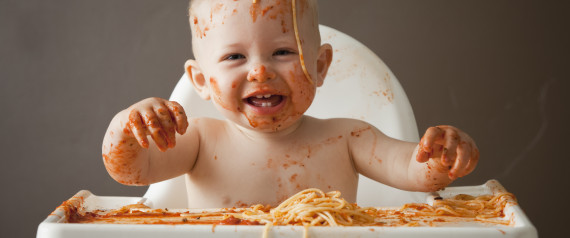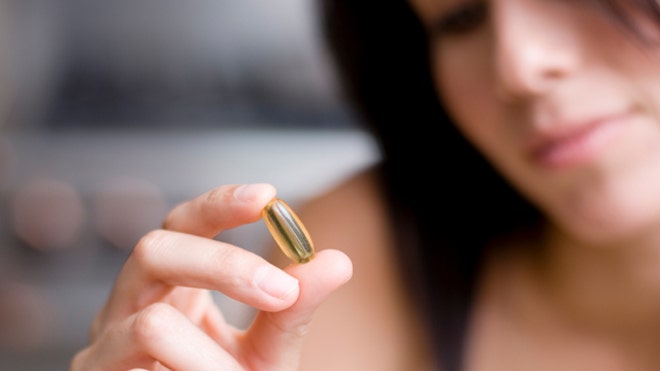
Researchers at the University of Iowa released a study showing kids who play with their non-solid food in a highchair learn words for those foods faster. Non-solid foods include things like oatmeal and yogurt.
The study, “Highchair Philosophers,” was recently published in the journal Developmental Science by UI associate professor in psychology Dr. Larissa Samuelson and her team.
“We wanted to see if we put them in the context they’re used to experiencing non-solids, the highchair, does that help them maybe when we try to teach them new words,” Samuelson said.
During the study, researchers assigned non-solid foods made-up names like “kiv” or “wug.” They gave the foods to 16-month old children using the made-up names and asked the kids to identify the foods.
Samuelson said the newest part of the study used highchairs as part of the experiment. The kids seated in the highchair tended to learn the word faster than the kids who were not. They were also the messiest ones. Researchers believe this is because kids know they can get messy in their highchairs and that messiness translates into learning.
“They are amazing learning machines. And to some extent we need to let them do that learning in the best way that they know how, which is playing, exploring, getting their hands in there,” Samuelson said.
Babies have an easier time learning words for solids, because they are recognizable. Things like spoons look the same even if kids throw or knock them around. But non-solid things like pudding can look different depending on its container. The changing shape makes recognizing the food and learning the word difficult.
“What they have to learn is that for some things, I have to attend to shape, other kinds of things, I should attend to material. And that speeds up learning,” Samuelson said.
But not all professionals agree with letting kids get messy at mealtime. Dr. Dyan Hes, medical director at Gramercy Pediatrics in New York City, said that while it’s good for children to touch, poke and play, it can be hard for kids to separate messy time from when they need to behave.
She said parents should let kids get their hands and faces messy, but it shouldn’t be where they learn to eat.
“I think a good way to differentiate is when you put them in a different area, you put a smock on them; they know it’s art time and playtime and not dinner time,” Hes said.
Whether your child is in a highchair or at a play table, parents, slow down on whipping out the wipes and let your kids get messy.
Source: News.nom









